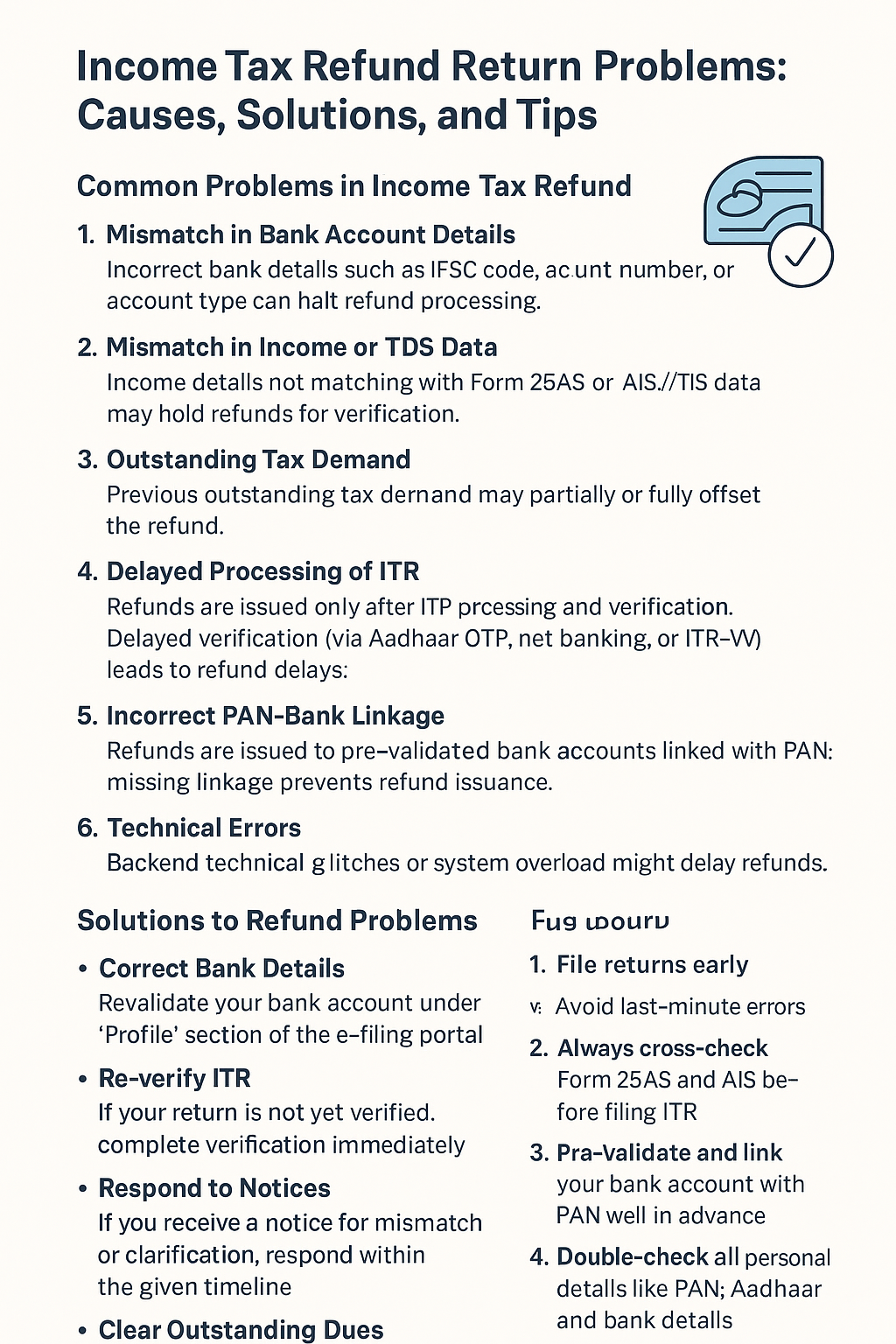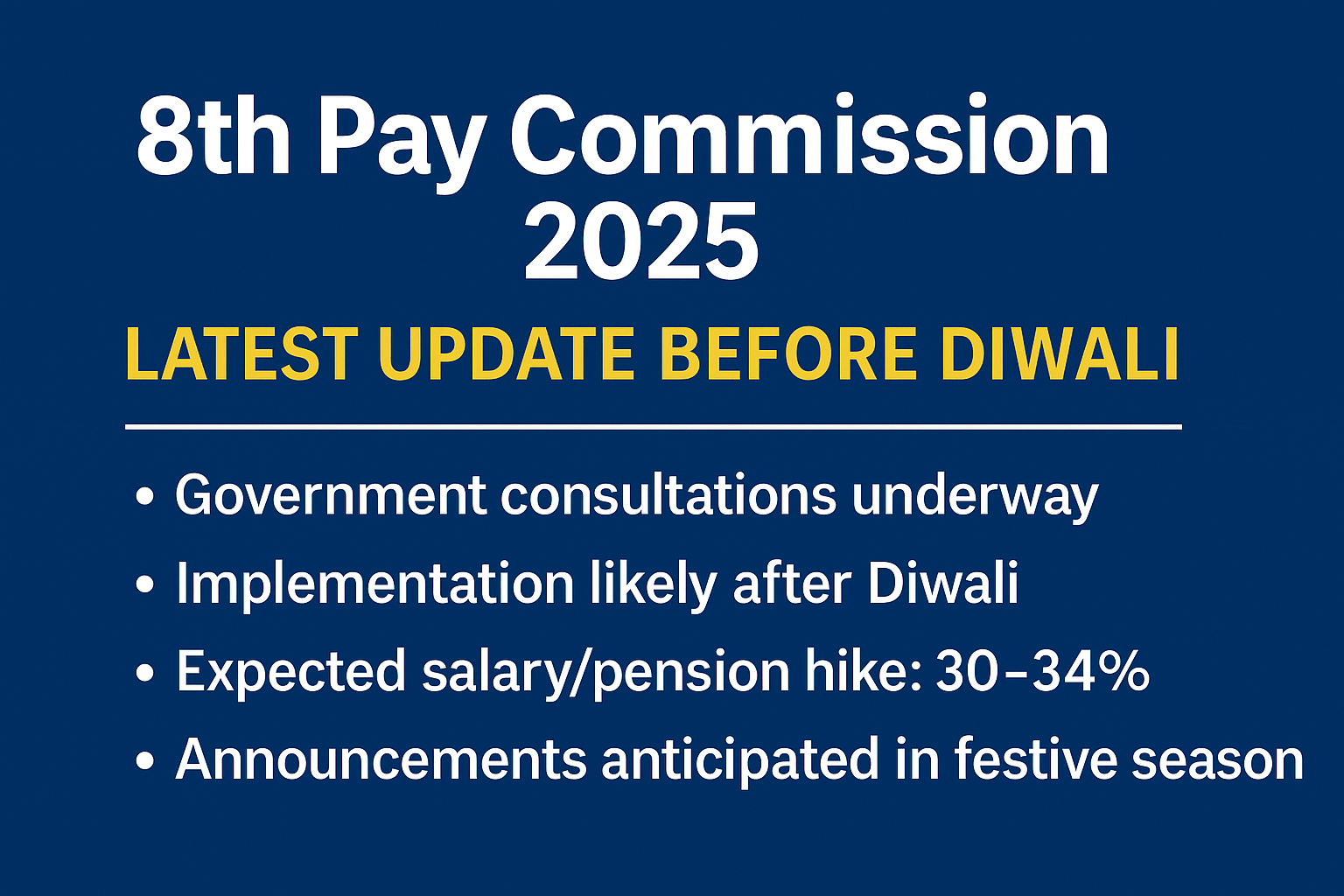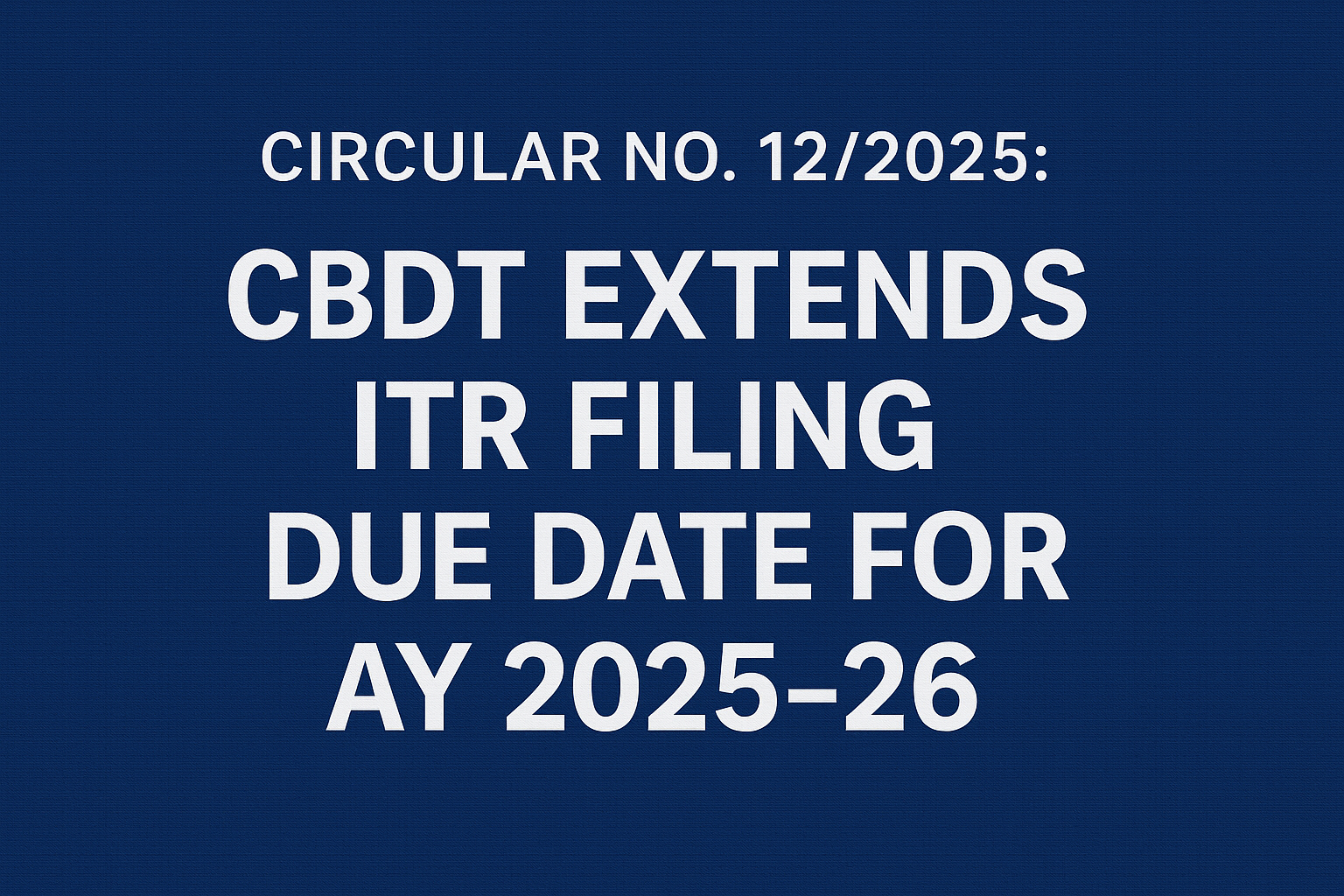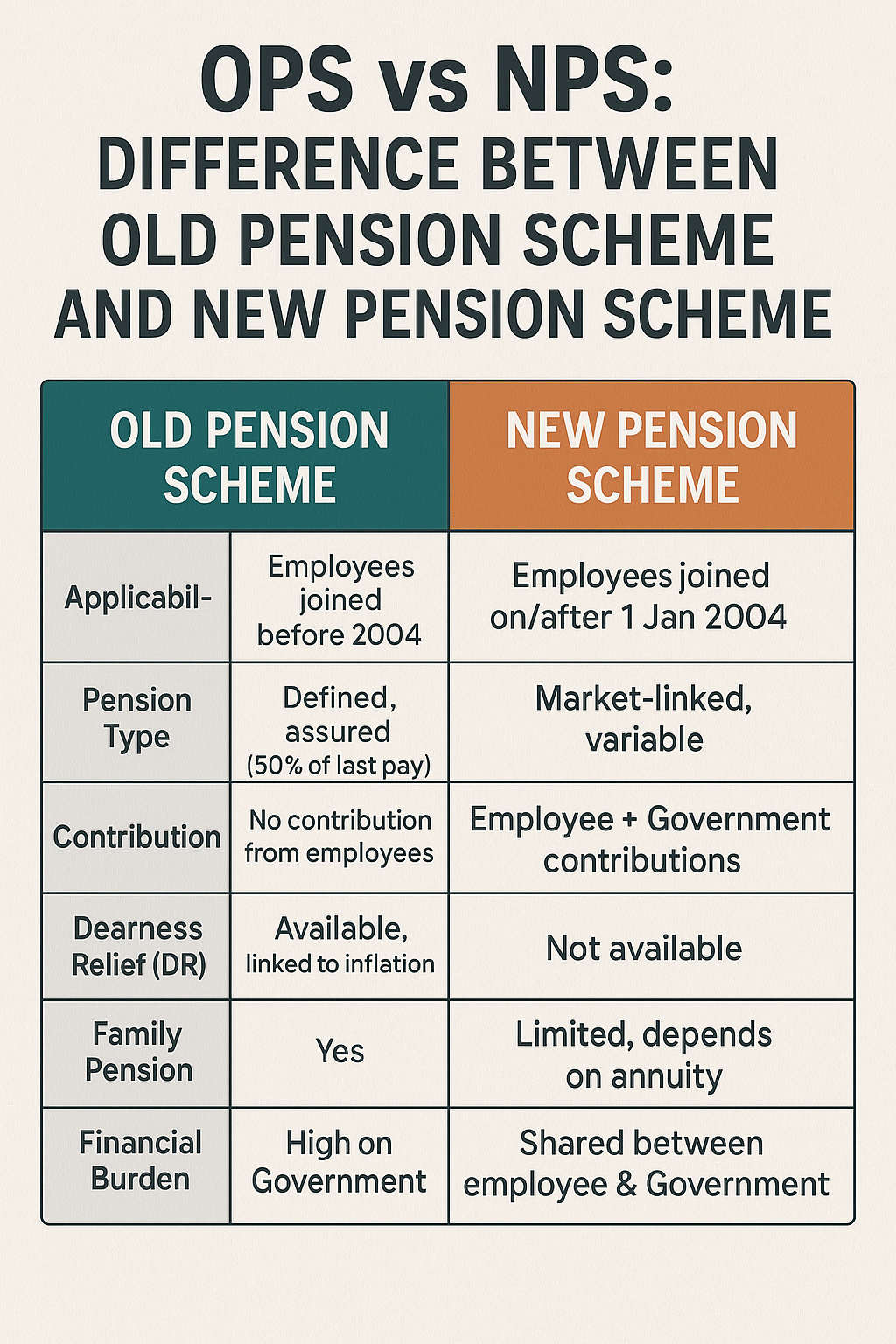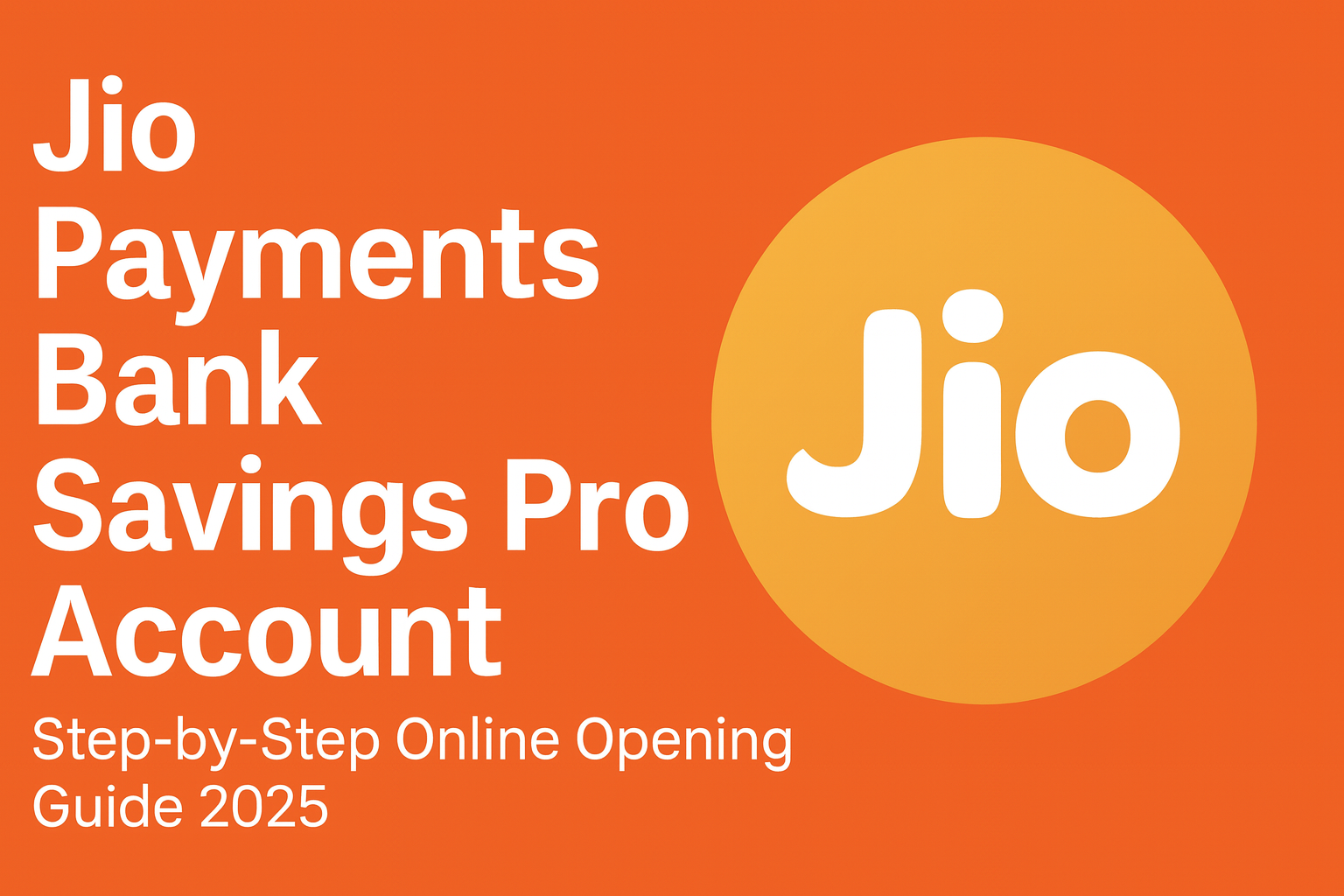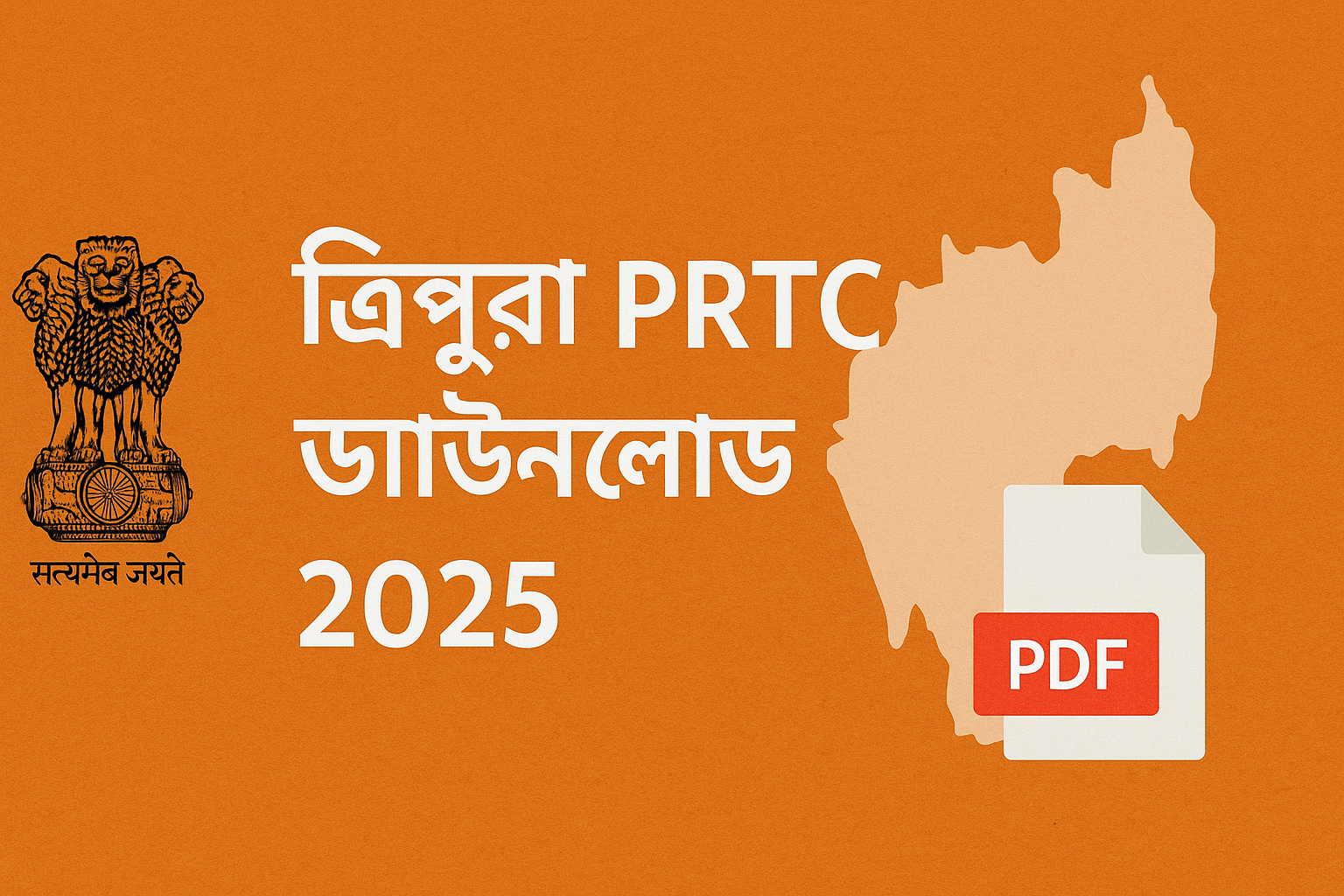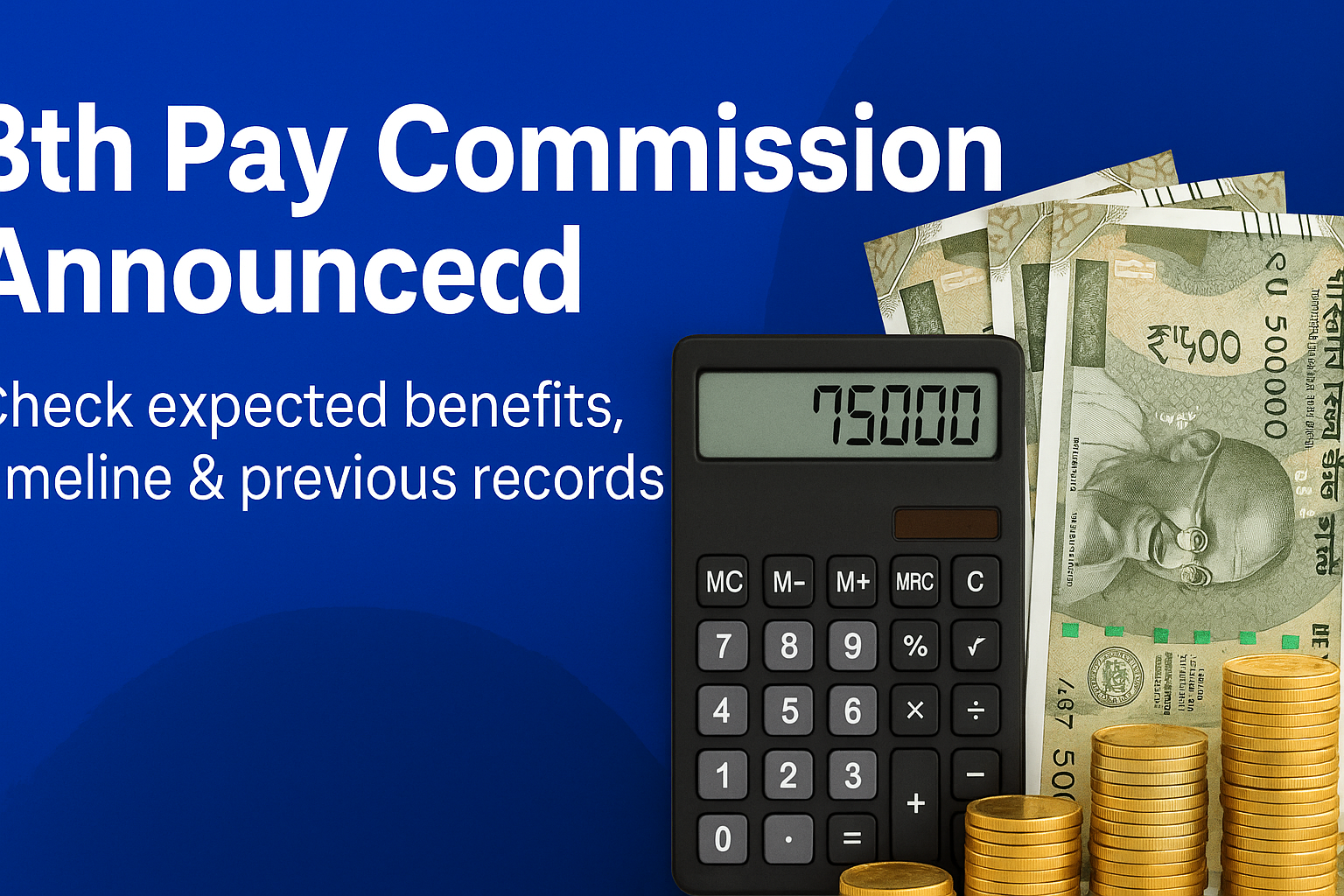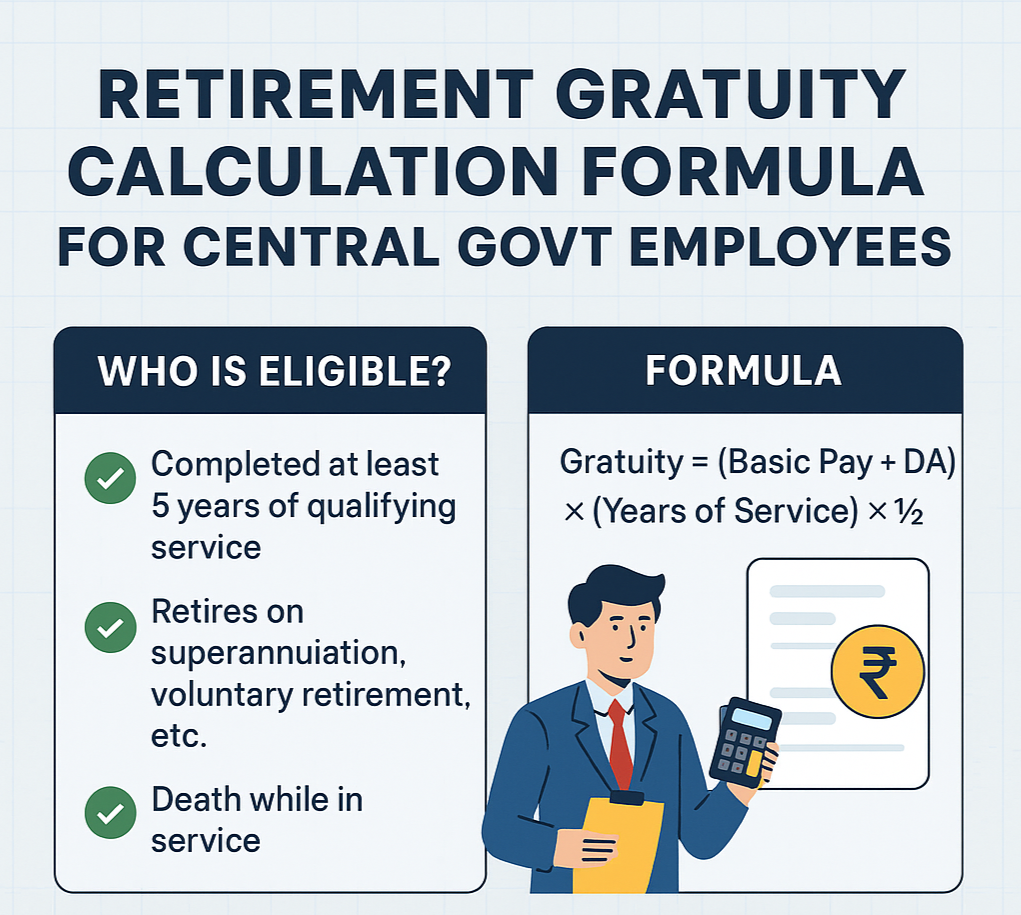Post Office FD Scheme in 2025
.jpeg)
Post Office Latest FD Scheme 2025: Interest Rates, Features, Benefits and How to Invest
When it comes to safe and reliable investment options in India, Post Office Fixed Deposit (FD) schemes hold a special place. Backed by the Government of India, post office FD schemes not only offer guaranteed returns but also enjoy widespread trust, especially among senior citizens, salaried employees, and small investors. With changing economic conditions, interest rates for different post office deposit schemes are revised periodically. If you are planning to invest in the latest Post Office FD Scheme in 2025, this article will give you a complete guide — from the current rates of interest to features, benefits, tax implications, and step-by-step investment process.
Post Office Latest FD Interest Rates 2025
The interest rates on Post Office FD schemes are revised quarterly by the Ministry of Finance. Below are the Post Office FD interest rates effective from July–September 2025 (latest available quarter):
| Tenure | Interest Rate (p.a.) | Effective Annual Yield |
|---|---|---|
| 1 year | 6.9% | 6.90% |
| 2 years | 7.0% | 7.00% |
| 3 years | 7.1% | 7.10% |
| 5 years | 7.5% | 7.70% (approx.) |
👉 Among all, the 5-year FD offers the highest interest rate of 7.5% and also qualifies for tax-saving benefits under Section 80C of the Income Tax Act.
Key Features of Post Office FD Scheme
- Tenure Options – 1, 2, 3, and 5 years.
- Minimum Deposit – ₹1,000 (in multiples of ₹100, no maximum limit).
- Guaranteed Returns – Fixed interest declared by the government.
- Compounding – Interest is calculated quarterly but paid annually.
- Premature Withdrawal – Allowed after 6 months with certain conditions.
- Account Type – Single account or joint account (up to 3 adults).
- Nomination Facility – Available for easy transfer of funds.
- Tax Benefit – Only 5-year FD is eligible for Section 80C deductions.
Benefits of Investing in Post Office FD
- High Safety – Government-backed scheme, zero risk of default.
- Better Returns than Savings Account – Offers higher interest than a normal savings deposit.
- Wide Accessibility – Can be opened at any post office across India, even in rural areas.
- Suitable for All Age Groups – Ideal for senior citizens, retirees, salaried employees, and homemakers.
- Tax Deduction – 5-year FD allows deduction of up to ₹1.5 lakh under Section 80C.
- Transferable – FD accounts can be transferred from one post office to another.
- Loan Facility – Post Office FDs can be pledged as security to avail loans.
Post Office FD vs Bank FD: Which is Better?
| Parameter | Post Office FD | Bank FD |
|---|---|---|
| Safety | 100% Government-backed | Depends on bank’s financial health (covered up to ₹5 lakh under DICGC insurance) |
| Minimum Deposit | ₹1,000 | ₹500–₹10,000 (varies by bank) |
| Maximum Limit | No limit | Varies by bank |
| Interest Rate | 6.9%–7.5% | 3%–7.5% (differs by bank) |
| Tax Benefit | Only 5-year FD (80C) | Only 5-year FD (80C) |
| Accessibility | Available in every post office, including rural areas | Limited to bank branches |
👉 If safety and guaranteed returns are your top priorities, Post Office FD is better. However, banks may offer higher convenience through digital platforms.
Tax Implications of Post Office FD
- Interest Income – Fully taxable as per the investor’s income tax slab.
- TDS (Tax Deducted at Source) – Unlike banks, Post Office does not deduct TDS on FD interest. However, you must report the income while filing ITR.
- Section 80C Deduction – Investment in 5-year Post Office FD qualifies for deduction up to ₹1.5 lakh in a financial year.
💡 Example: If you invest ₹1,50,000 in a 5-year Post Office FD, you can claim full deduction under Section 80C. However, the interest earned annually will be taxable.
How to Open a Post Office FD Account?
You can open a Post Office FD account in two ways:
1. Offline Method (Traditional)
- Visit the nearest post office.
- Collect and fill out the FD (Time Deposit) Account Opening Form.
- Provide KYC documents: Aadhaar, PAN, Passport-size photos.
- Deposit the amount in cash, cheque, or demand draft.
- Collect the FD certificate from the post office.
2. Online Method (India Post Internet Banking)
- Register for India Post Internet Banking.
- Log in and choose the “Time Deposit” option.
- Select tenure and amount.
- Confirm payment through your linked post office savings account.
- E-certificate will be issued instantly.
Premature Withdrawal Rules
- Withdrawal before 6 months – Not allowed.
- Withdrawal after 6 months but before 1 year – Interest paid at savings account rate (currently 4%).
- Withdrawal after 1 year but before maturity – Interest paid 1% lower than the applicable FD rate.
Who Should Invest in Post Office FD Scheme?
The Post Office Latest FD Scheme is best suited for:
- Risk-averse investors who prioritize safety over high returns.
- Senior citizens and pensioners looking for guaranteed income.
- Small investors in rural and semi-urban areas with easy post office access.
- Parents who want to make safe investments for their children’s future.
- Taxpayers seeking 80C benefits with a 5-year FD.
Example of Returns from Post Office FD
Suppose you invest ₹2,00,000 in a 5-year Post Office FD at 7.5% interest.
- Annual Interest = ₹15,000 (approx.)
- Total Interest in 5 years = ₹82,500 (approx.)
- Maturity Amount = ₹2,82,500
This shows how a safe investment steadily grows your savings.
Latest Updates on Post Office FD Scheme 2025
- For July–September 2025 quarter, the government has kept the interest rates unchanged from the previous quarter.
- The 5-year FD remains the most attractive option with 7.5% returns plus tax benefits.
- More digital-friendly options are being integrated, making it easier for investors to open and manage FDs online.
Tips to Maximize Benefits from Post Office FD
- Opt for longer tenure (5 years) to get the best interest rate.
- Use the 5-year FD to claim 80C tax benefits.
- If you want liquidity, consider splitting investment across multiple FDs of different tenures.
- Combine Post Office FD with other small savings schemes like Senior Citizen Savings Scheme (SCSS) or Monthly Income Scheme (MIS) for diversified returns.
- Always report FD interest in ITR to avoid tax penaly
Share Example

.jpeg)
.jpeg)
.jpeg)
.jpeg)
.jpeg)
.jpeg)




.jpeg)



